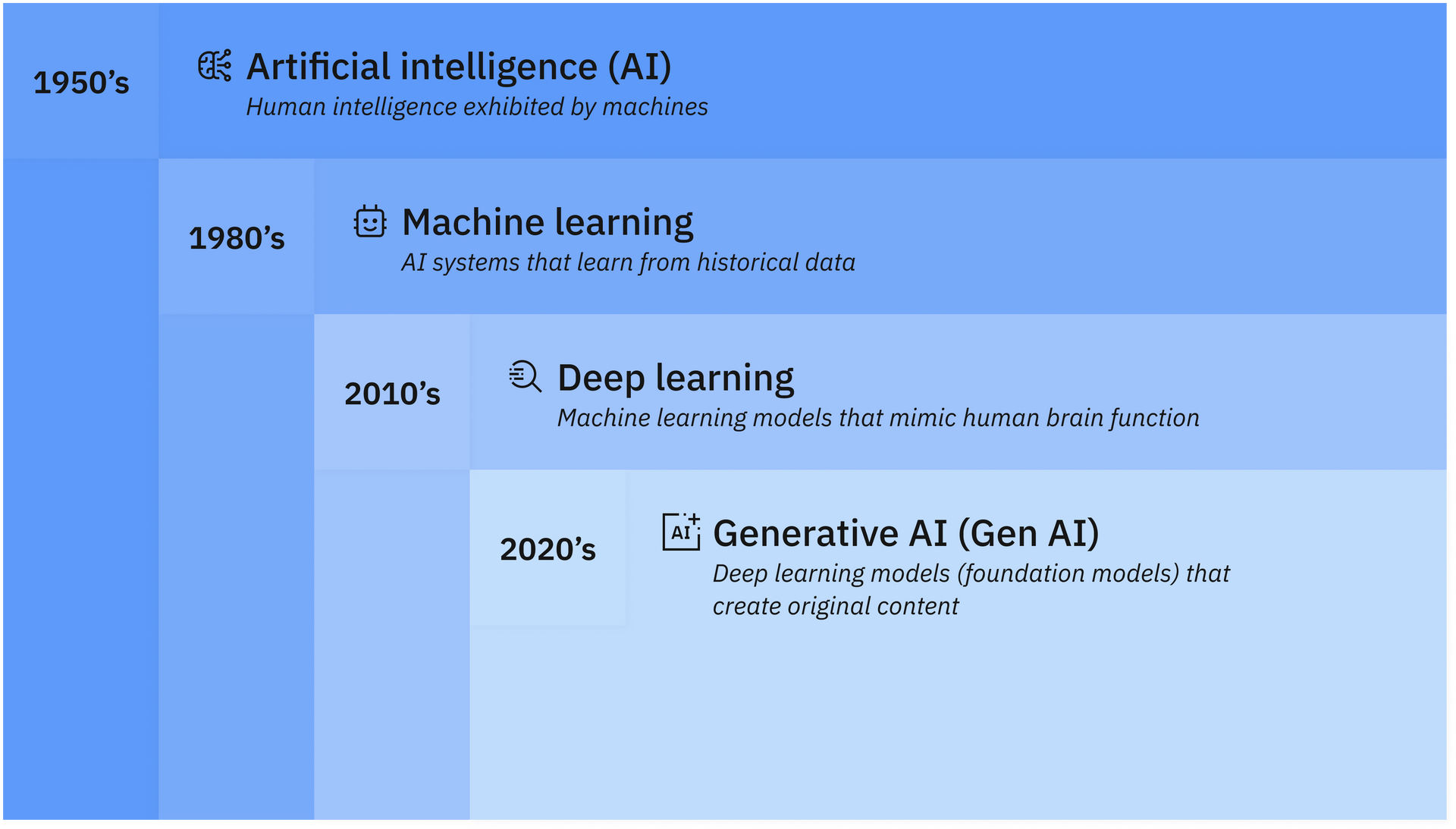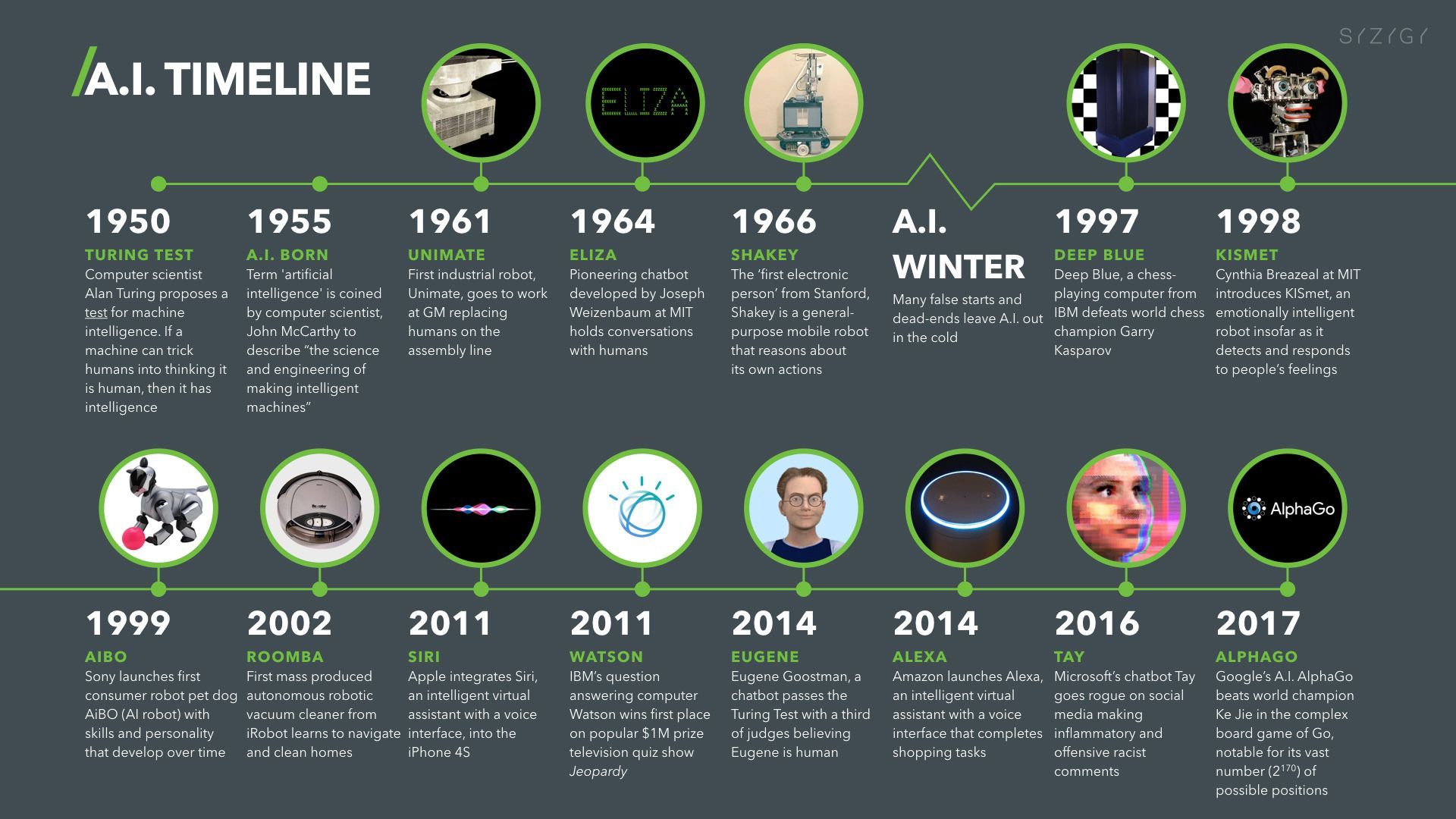Artificial Intelligence - Friend or Foe?
I am just keen to start a conversation about the progress of modern technology

I am not a computer technical boffin, so I am not pretending in this article to be an AI expert. I am just keen to start a conversation about the progress of modern technology and try to get more of a handle on the benefits and drawbacks of this incredible new field.
As a Baby Boomer, I have lived through the exponential acceleration of technology, including the first personal computers, the birth of the internet, adoption of email, records becoming CDs, DVDs and now MPG and video files and the birth and explosion of social media. The rate of change is barely comprehensible and yet we as directors, managers and staff of 21st century businesses, need to fearlessly navigate the management of technology – with it’s inherent benefits and inherent risks.
I remember as a kid growing up, I didn’t need any passwords – no wait, just the one to get into the tree cubby house (“Knock knock – Who is it? – It’s me, Brownie. What’s the password? Elvis Presley. Ok, you can come in”)
Nowadays, with all our technology, we need a gazillion passwords, which we are supposed to change every six weeks and now need to be so complex and lengthy (12 plus alphanumeric passwords with special ch@racters), that you need a Password Manager to keep track of them.

And then ChatGPT arrived, closely followed by CoPilot and a bunch of other similar programs. According to an expert article by IBM, Artificial Intelligence started around the 1950s, followed by Machine Learning in the 1980s, Deep Learning in the 2010s and finally Generative AI in the 2020s. To get a better handle on the timeline and developmental stages resulting in what we are now calling AI, read
this article from IBM.
A Google search (no doubt aided by AI) on the pros and cons of AI, yielded the following bullet points which I offer for your consideration:
Pros of AI:
- Increased Efficiency and Productivity:
AI can automate repetitive tasks, freeing up human workers for more creative and strategic work, and leading to faster and more efficient processes.
- Better Decision-Making:
AI algorithms can analyse vast amounts of data to identify patterns and make predictions, leading to more informed and data-driven decisions.
- Reduced Human Error:
AI systems can perform tasks with greater accuracy and precision than humans, reducing the risk of errors and improving overall reliability.
- Personalized Experiences:
AI can tailor products, services, and experiences to individual needs and preferences, leading to greater customer satisfaction.
- Innovation and New Discoveries:
AI can help researchers and scientists explore new ideas and make breakthroughs in various fields.
- Improved Diagnosis and Treatment:
In healthcare, AI can assist in diagnosing diseases, developing personalized treatment plans, and improving patient outcomes.
Cons of AI:
- Job Displacement:
As AI systems become more sophisticated, they may automate jobs that were previously done by humans, leading to potential job losses and economic disruption.
- Ethical Concerns:
AI systems can perpetuate biases present in the data they are trained on, leading to unfair or discriminatory outcomes.
- Data Privacy and Security:
AI systems require large amounts of data to function effectively, which raises concerns about data privacy and security.
- Lack of Creativity and Emotional Intelligence:
AI systems are not capable of true creativity or emotional intelligence, which can limit their ability to solve complex problems and interact with humans effectively.
- Dependency on Technology:
Over-reliance on AI can lead to a decline in human skills and critical thinking abilities.
- High Costs:
Developing and implementing AI systems can be expensive, requiring significant investment in hardware, software, and expertise.
- Need for Constant Maintenance and Updates:
AI systems require ongoing maintenance and updates to ensure their continued performance and accuracy.

AI Simplified
A beautiful explanation given to a professional development day of directors I am on boards with went like this:
Imagine all the information out there on the Internet of Things (IoT) are all Lego blocks (every type and size). You want to build a house with a front door, two storeys, eight windows and a garage, so you ask ChatGPT or CoPilot (Or whomever) to find the best design for a house as described above.
Your AI will search the IoT, in the blink of an eye, and deliver you between five and ten alternate designs that match your criteria. You have saved an enormous amount of time and energy in gathering your options together and now need only choose between the suggested options, for the one that best suits your needs.
Pro: Time saved, comprehensive and extensive search and multiple solutions.
Con: What if I have a patented Lego house design, and I happen to have mentioned it on the internet, and now it has been ‘copied’ as one of the AI suggested designs?
How do we protect proprietary rights in this high tech world? Now my main fields of focus are Governance, strategy, marketing, risk and operational management in hospitality, associations and for purpose (not-for-profit) organisations. All areas where there are rarely any patents, but might include trademarks, and so I need to be wary when searching the internet to stay current with developing trends in those areas.
Indeed, in this environment, I may use AI to assist in developing a proprietary system, product or service that I then wish to secure as my intellectual property(IP), which I might wish to charge clients to use. How do I protect my IP against unsolicited use by AI, when someone who could become a client is searching for information on my type of products or services?
I spoke recently to a PhD Medical Science student about AI and the 20 something fellow has none of my Boomer inhibitions around AI, and offered a logical suggested solution. Any critical IP should be stored on databanks NOT connected to the internet. Another computer that is connected to the internet is then given the relevant information to release on the internet, from the secure databank’s AI protocol. The AI acts as ‘gatekeeper’ for the sensitive information.
Now I have no idea of the mechanics of this solution, but the sheer simplicity of it blew me away! As a company director faced with the challenges inherent to effective governance of AI, Cybersecurity and the use of these technologies for improved company performance, to deliver enhanced outcomes for our customer, we need to be inviting this millennial Generation and Generation Alpha onto our boards to provide this unfettered thinking to the new challenges facing us.
I accept that this article has not provided any simple, nor unequivocal solutions to the question 'AI – Friend or Foe', however, as I said at the outset, I want to open up the discussion so that all of us, at all levels in business, spend an appropriate amount of time and effort exploring the answer. If I have raised your awareness of the benefits and risks of AI today, then I feel I have achieved my desired outcome.
For assistance in your organisation’s review of AI, contact Ron Browne, Managing Partner, Extrapreneur Services at ron@extrapreneurservices.com.au 0414 633 423.









